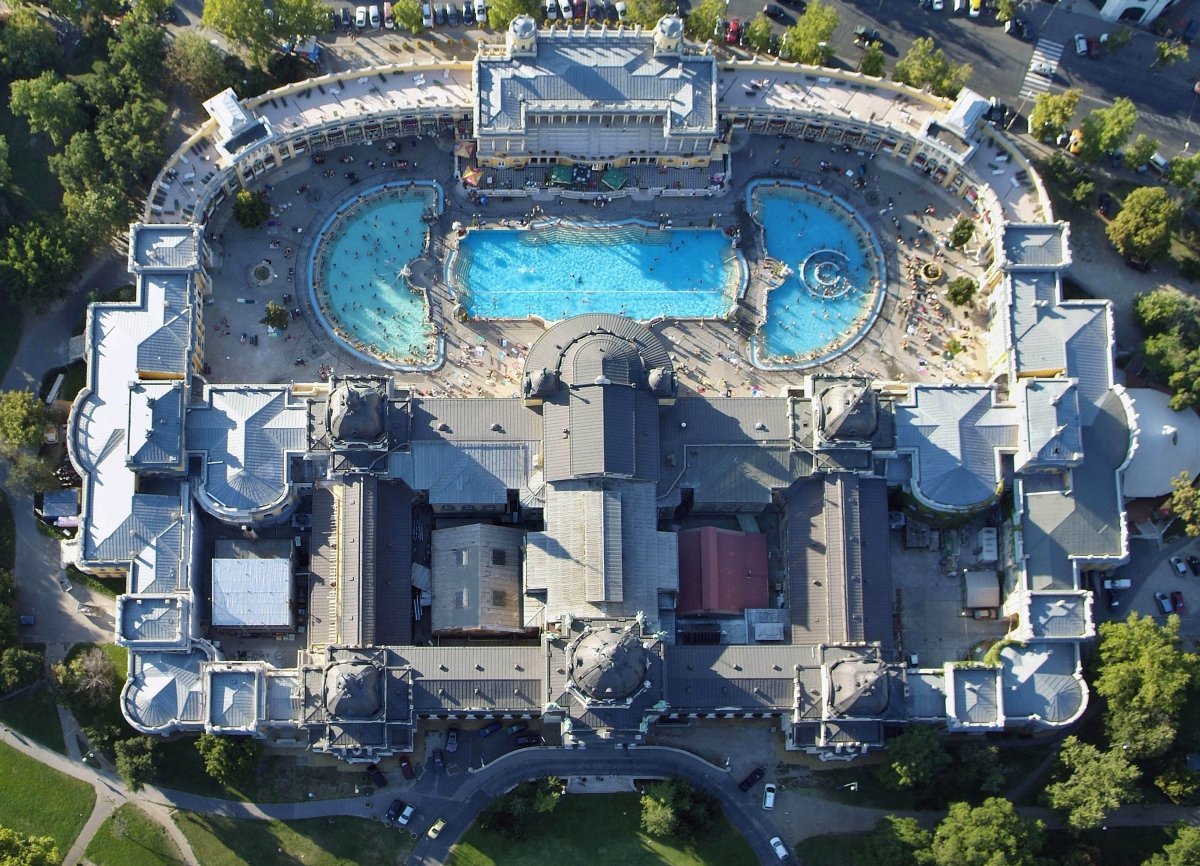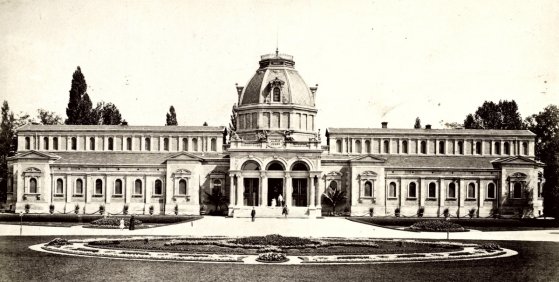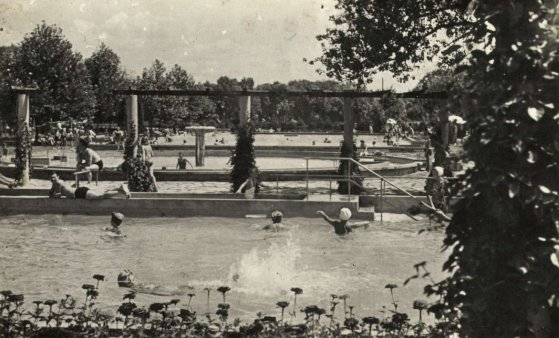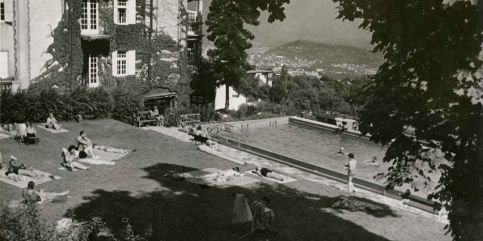 The „intertwined history” of the bridges and the city of Budapest
Which ideas and events have shaped the fate of bridges of Budapest and the cityscape? Alongside many other interesting facts, this question is also answered this newly published book by the Budapest City Archives, which introduces the history of bridges in Budapest.
The „intertwined history” of the bridges and the city of Budapest
Which ideas and events have shaped the fate of bridges of Budapest and the cityscape? Alongside many other interesting facts, this question is also answered this newly published book by the Budapest City Archives, which introduces the history of bridges in Budapest.
Baths
 Baths from above - As seen by the birds
Baths from above - As seen by the birds
July 24, 2022 at 1:00 PM
In the raging summer, many people cool off in Budapest's well-known spas, which are not only attractive because of their healing effects and mineral-rich waters, but most of them are also tourist attractions and represent an inestimable value within our architectural heritage. Many people know these masterpieces inside and out, but perhaps few have seen them from above. From this special point of view, the surroundings of the baths can be seen in aerial photos.
Diana, Margit, Erzsébet and Hungária - Forgotten baths from the past of Budapest
August 29, 2021 at 8:30 AM
This summer is slowly coming to an end, and the sudden cooler weather is no longer good for going to the beach. Fortunately, Budapest also has many baths, which we can visit even in cooler weather; it is enough to think of Széchenyi, Rudas or Gellért. Unfortunately, there are also a good number of baths that we can no longer enjoy today, even though they were architecturally significant as well. Here are 3 + 1 baths from the past of Budapest!
Medicinal water was found on Whitsun in the area of today's Pünkösdfürdő Bath
May 24, 2021 at 9:00 AM
The story is almost like a fairy tale because from the moment Sándor Ember, a legal adviser, and later Member of Parliament accidentally learned about the intention to parcel the area near Békásmegyer during a rowing tour on the Danube and bought the land after a quick decision, it was as if everything turned into gold. It soon became clear that the area had unparalleled archaeological finds across Europe and then on Whitsun in 1934, medicinal water was found on the plot, where soon, in the summer of 1935, a bath now known as Pünkösdfürdő ('Whitsun Bath') opened.
Breathtaking panorama for high-altitude bathing – The forgotten memories of swimming on Svábhegy
August 11, 2020 at 1:00 PM
At the time of its construction, the Svábhegy open-air pool was characterised as an “artistic and significant work for tourism” at the opening in July 1934. The former spa, located at 430 metres above sea level, designed by our legendary athlete and architect, Alfréd Hajós, deserved the attributes above with its beautiful geographical location and cleverly solved architectural realisation.
More articles
 The „intertwined history” of the bridges and the city of Budapest
Which ideas and events have shaped the fate of bridges of Budapest and the cityscape? Alongside many other interesting facts, this question is also answered this newly published book by the Budapest City Archives, which introduces the history of bridges in Budapest.
The „intertwined history” of the bridges and the city of Budapest
Which ideas and events have shaped the fate of bridges of Budapest and the cityscape? Alongside many other interesting facts, this question is also answered this newly published book by the Budapest City Archives, which introduces the history of bridges in Budapest.
 The Bridge Report, which brought a turning point in the history of Budapest
A travel report that changed the history of Pest and Buda, as well as Hungary. The little book contributed to the change of half a thousand years of legal customs and the implementation of an investment of unprecedented size and technical quality. This book was The Bridge Report [Hídjelentés in Hungarian].
The Bridge Report, which brought a turning point in the history of Budapest
A travel report that changed the history of Pest and Buda, as well as Hungary. The little book contributed to the change of half a thousand years of legal customs and the implementation of an investment of unprecedented size and technical quality. This book was The Bridge Report [Hídjelentés in Hungarian].
 Drama on the university wall - The heroic monument was planned 95 years ago
In the constant hustle and bustle of the Egyetem Square in Pest, the students may not even notice the monument that decorates the short section of wall between the church and the central building of ELTE. However, it commemorates their predecessors, the heroes who fought for their country in World War I, and those who heroically helped them. The first design of the dramatically collapsing soldier was born in 1928, ninety-five years ago.
Drama on the university wall - The heroic monument was planned 95 years ago
In the constant hustle and bustle of the Egyetem Square in Pest, the students may not even notice the monument that decorates the short section of wall between the church and the central building of ELTE. However, it commemorates their predecessors, the heroes who fought for their country in World War I, and those who heroically helped them. The first design of the dramatically collapsing soldier was born in 1928, ninety-five years ago.



